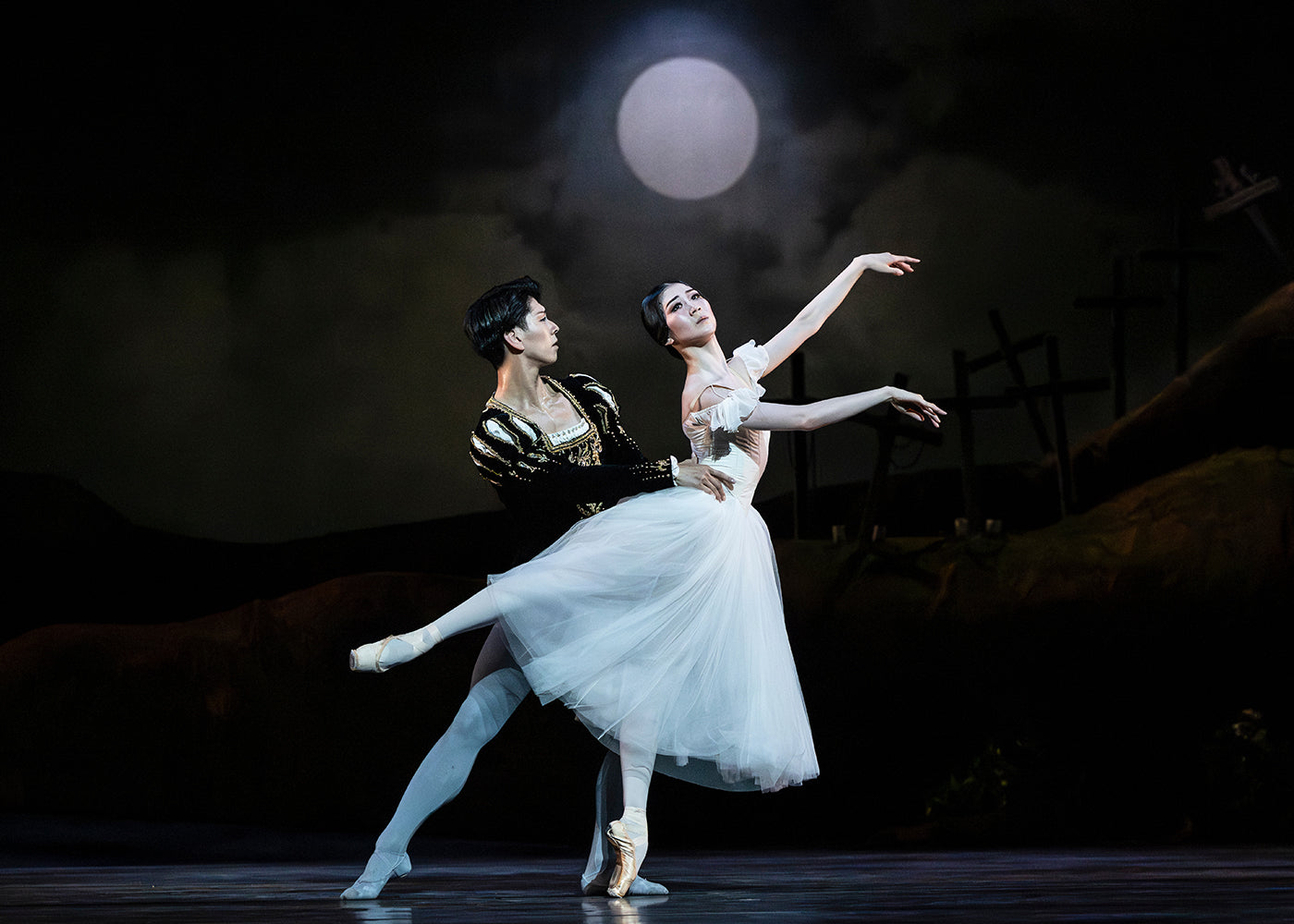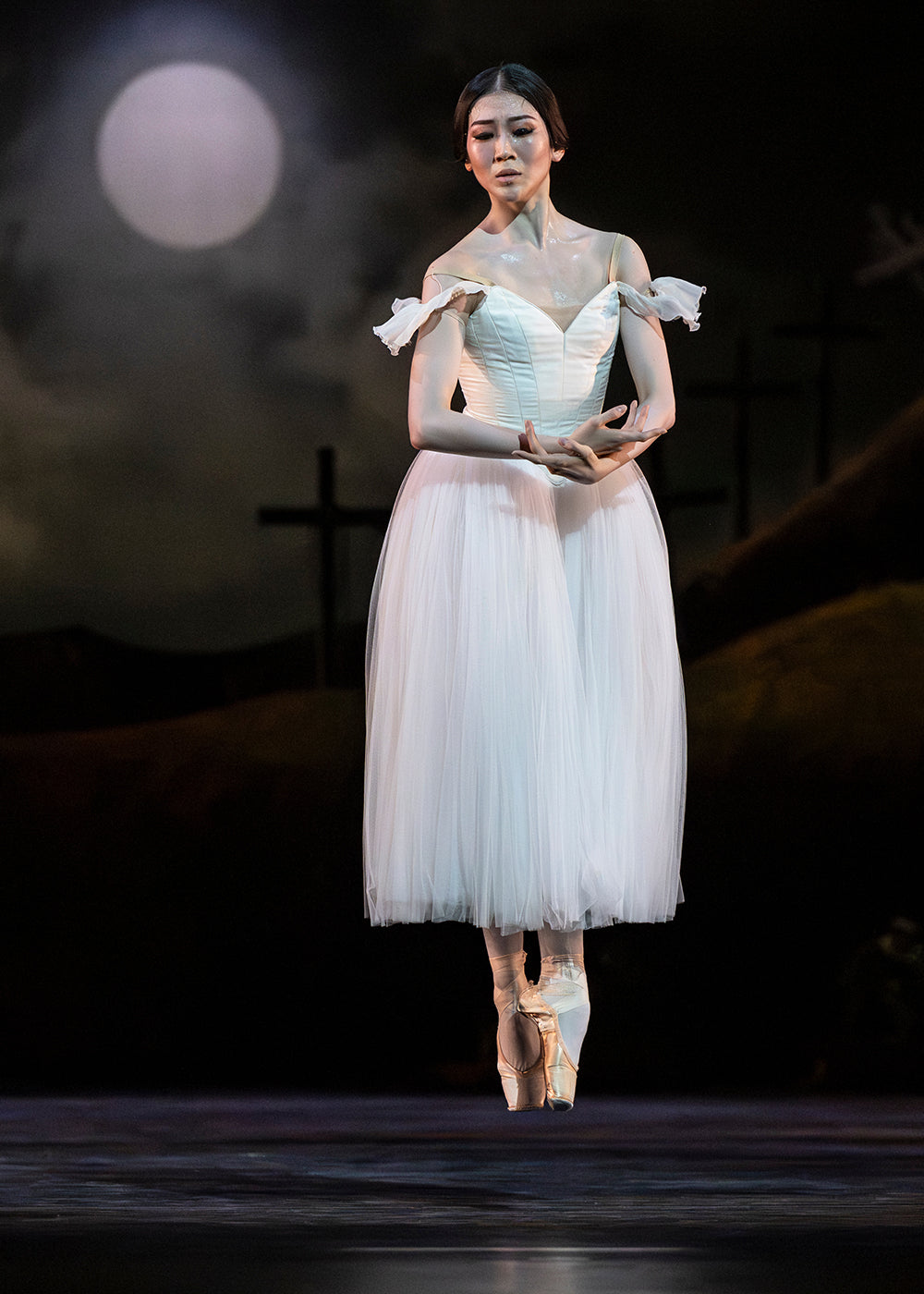Float like a Butterfly
Sans tutu or pointe shoes, New York Ballet principal Sara Mearns delivered a knock-out punch in her 20-minute solo, “Zebra.”
Continua a leggere
World-class review of ballet and dance.
Why does “Giselle,” a ballet that premiered in 1841, still captivate audiences today? At first glance, the story feels outdated: a peasant girl, Giselle, is deceived by the nobleman Albrecht and dies of heartbreak. She is fragile, he is unfaithful, and by the ballet’s end, forgiveness is granted. But beneath this seemingly straightforward plot lies something far more layered. Nowhere is the expressive power of choreography–its capacity for ambiguity and nuance–more fully realized than in the role of Giselle herself. Her movements transcend the image of a betrayed lover, hinting at something deeper and more elusive.
Performance
Place
Words



“Uncommonly intelligent, substantial coverage.”
Your weekly source for world-class dance reviews, interviews, articles, and more.
Already a paid subscriber? Login


Sans tutu or pointe shoes, New York Ballet principal Sara Mearns delivered a knock-out punch in her 20-minute solo, “Zebra.”
Continua a leggereJapan Society’s Yukio Mishima centennial series culminated with “Mishima’s Muse – Noh Theater,” which was actually three programs of traditional noh works that Japanese author Yukio Mishima adapted into modern plays.
Continua a leggereThroughout the year, our critics attend hundreds of dance performances, whether onsite, outdoors, or on the proscenium stage, around the world.
Continua a leggereOn December 11th, the Alvin Ailey American Dance Theater presented two premieres and two dances that had premiered just a week prior.
Continua a leggere
comments